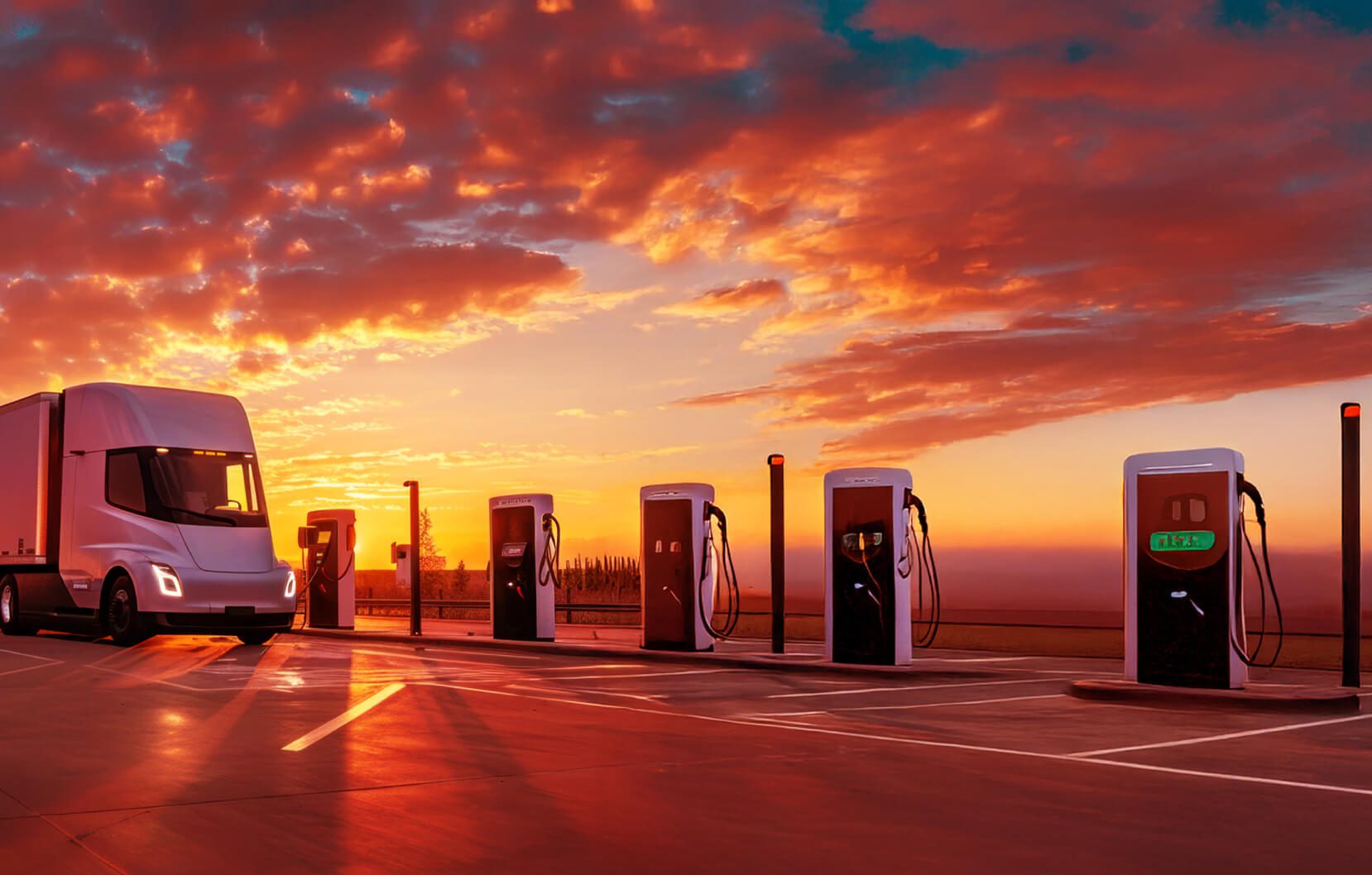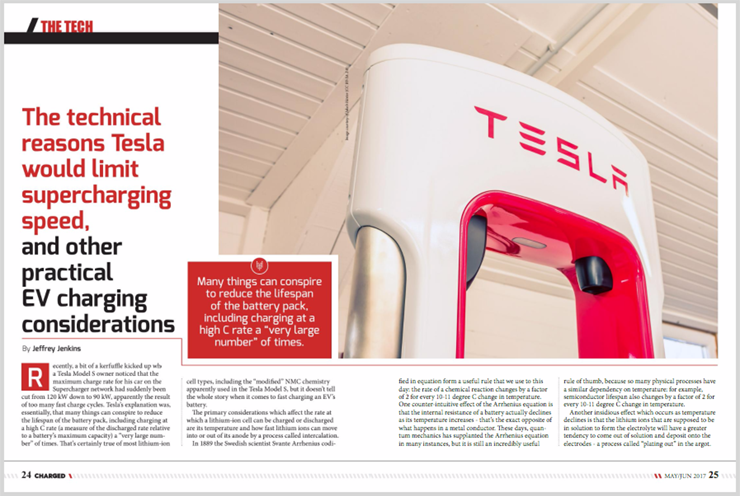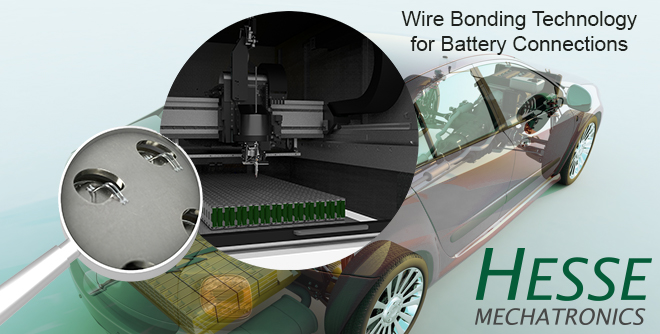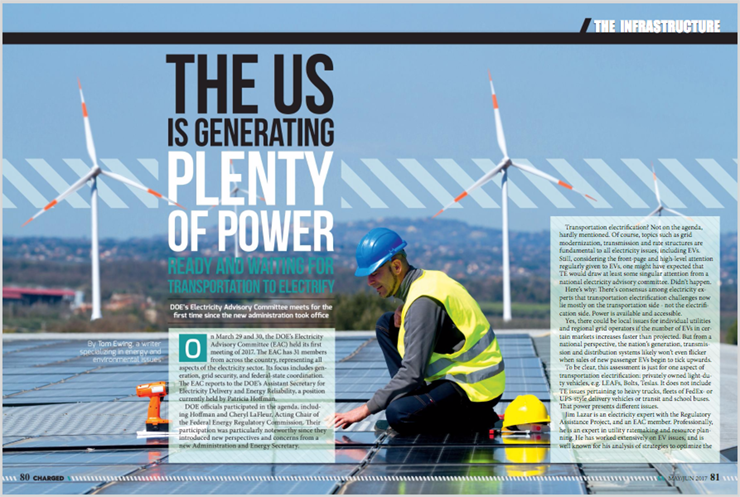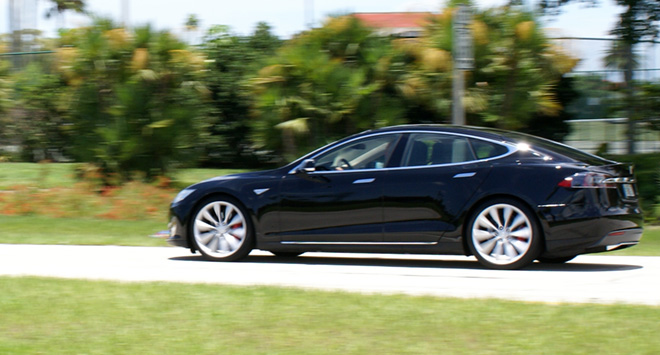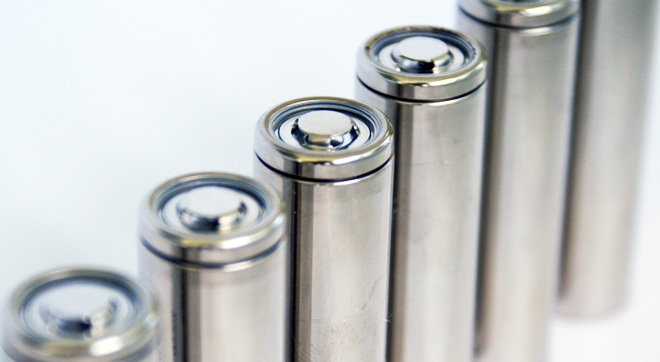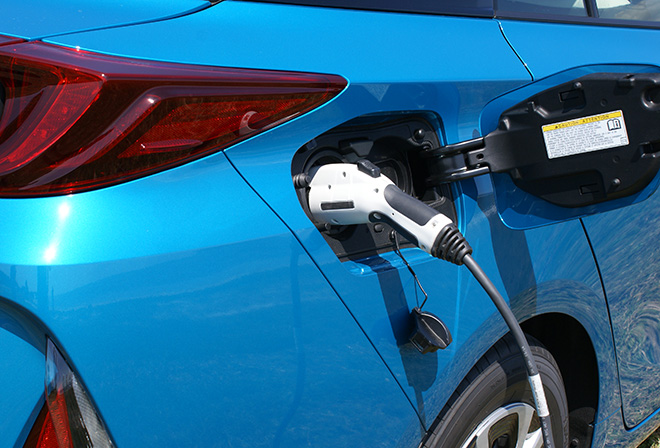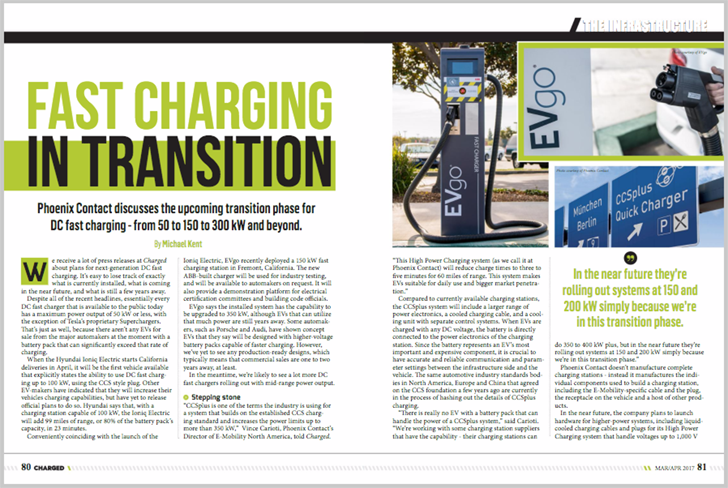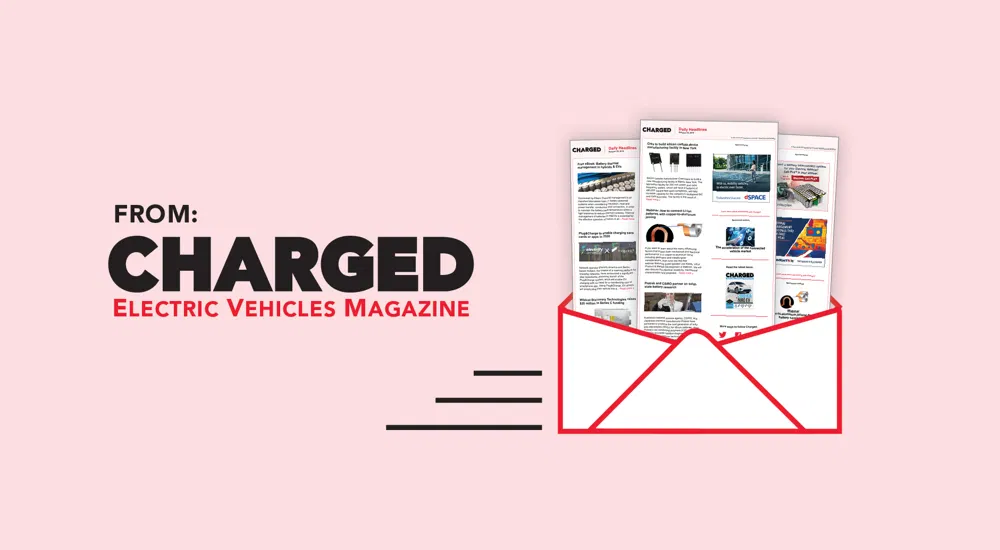Recently, a bit of a kerfuffle kicked up when a Tesla Model S owner noticed that the maximum charge rate for his car on the Supercharger network had suddenly been cut from 120 kW down to 90 kW, apparently the result of too many fast charge cycles. Tesla’s explanation was, essentially, that many things can… Read more »
Search Results Found For: "DOE"
Wire bonding for EV batteries and inverters: application and process tips from Hesse Mechatronics
Sponsored by Hesse Mechatronics All electronic devices need to be connected electrically (and mechanically) and there are numerous ways of completing this task. Wire bonding is one type of interconnection. There are three types of wire bonding: thermocompression, thermosonic and ultrasonic. We will focus on ultrasonic wedge bonding with aluminium wire and discuss the wire bonding process… Read more »
The US is generating plenty of power, ready and waiting for EVs
DOE’s Electricity Advisory Committee meets for the first time since the new administration took office. On March 29 and 30, the DOE’s Electricity Advisory Committee (EAC) held its first meeting of 2017. The EAC has 31 members from across the country, representing all aspects of the electricity sector. Its focus includes generation, grid security, and… Read more »
Continental’s AllCharge makes EVs compatible with different charging technologies
Auto supply giant Continental says it has an answer to the problems posed by non-standardized EV charging infrastructure. The company’s AllCharge system is based on the components of a conventional electric powertrain (electric motor and inverter). As constant AC/DC switching at different voltages is already an inherent feature of the electric powertrain, these components already… Read more »
GM and Fiat Chrysler hit with lawsuits over diesel cheating software
We may not have heard the last of the dirty diesel scandal. Two of the Big Three automakers have recently been served with lawsuits alleging behavior similar to that which may end up costing VW $20 billion. The US Justice Department has filed a civil complaint on behalf of the EPA, claiming that Fiat Chrysler… Read more »
EV tech explained: What are the limiting factors of an EV’s regenerative braking force?
In many EVs, regenerative braking is limited by the manufacturer to a modest level, and usually offers little or no ability for the driver to adjust it (aside from the few cases in which regen is made proportional to the initial movement of the brake pedal). Is tepid regen braking the result of some sort… Read more »
EV tech explained: Why do EVs restrict the amount of battery capacity that can be used for driving?
All EVs that use lithium-ion batteries are designed so that their full capacity can’t be used in driving – a few kWh are always left over as a buffer. Sometimes you’ll find this figure in spec sheets, which might (for example) quote capacity as “60 kWh (55 usable)” or some such. What is the reason… Read more »
Forge Nano to commercialize NREL-developed solid electrolyte coatings
The DOE’s National Renewable Energy Laboratory (NREL) has entered into an exclusive license agreement with Forge Nano to commercialize NREL’s patented battery materials and systems. A feature of the technology is the encapsulation of materials with solid electrolyte coatings that can be designed to meet the needs of any battery application. These batteries feature a… Read more »
New report: EVs can make the power grid more efficient and affordable
Plainly, the growing popularity of EVs will have a substantial impact on electric utilities. A new report from nonprofit utility watchdog the Citizens Utility Board (CUB) argues that, with the right public policy, that impact could be a positive one. “The ABCs of EVs: A Guide for Policy Makers and Consumer Advocates“ is intended to… Read more »
EV fast charging in transition: What’s currently installed, coming soon and still years away?
Phoenix Contact discusses the upcoming transition phase for DC fast charging We receive a lot of press releases at Charged about plans for next-generation DC fast charging. It’s easy to lose track of exactly what is currently installed, what is coming in the near future, and what is still a few years away. Despite all… Read more »

